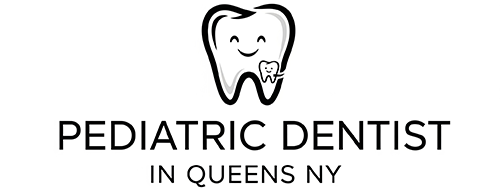The pediatric emergency room is a pressure cooker.
You have frightened children, often in the middle of a terrifying mental or behavioral health crisis. You have overwhelmed parents.
And you have an ER staff trying desperately to keep everyone—the patient, themselves, and other families—safe. The single most dangerous variable in that entire equation has always been the unknown: which child’s fear and agitation is about to boil over into a crisis that requires physical intervention?
Now, a new screening tool is giving these frontline healthcare workers something that feels a lot like a superpower: the ability to see it coming.
I was looking at a recent study in the journal Pediatrics, and the findings are, frankly, stunning.
Researchers validated a tool called the Brief Rating of Aggression by Children and Adolescents, or BRACHA. It’s a simple checklist, but its predictive power is incredible.
After looking at over 32,000 pediatric mental health visits, they found the tool could predict with about 81% accuracy which child would eventually need to be restrained or sedated.
Let’s be clear about what that means. We’re talking about interventions that are traumatic for everyone involved. Physical restraints. Sedatives.
These are last resorts, but they have been happening more and more as ERs see a surge in pediatric mental health emergencies. This tool offers a way out.
The real game-changer isn’t just predicting the crisis, but preventing it. The study found that kids flagged as “high-risk” by the BRACHA checklist were a staggering 14 times more likely to require intervention than the “low-risk” group.
Fourteen times.
That’s not just a statistic; that’s a predictable event. It’s like a weather forecast for an emotional storm, giving doctors and nurses precious time to prepare. Instead of reacting to a crisis, they can proactively use de-escalation strategies.
They can bring in a specialist. They can move the child to a quieter room. They can try a calming technique before the situation reaches a point of no return.
This changes things. It means potentially avoiding the need for more restrictive and often traumatic interventions. It means a safer environment for staff and a more humane, compassionate experience for a child who is already suffering.
What I’m seeing here isn’t just another checklist for a busy ER.
It’s a fundamental shift from reactive crisis management to proactive, compassionate care. And for kids showing up to an ER on the worst day of their lives, that shift is everything.

Dr. Mary G. Trice is a renowned pedodontist based in Queens, NY. With an unwavering dedication to children’s dental health. In addition to her clinical practice, Dr. Trice is the writer and manager behind the informative platform pediatricdentistinqueensny.com. Through this site, she offers valuable insights, tips, and resources for parents and guardians, aiming to bridge the gap between professional dental care and everyday oral hygiene practices at home.
